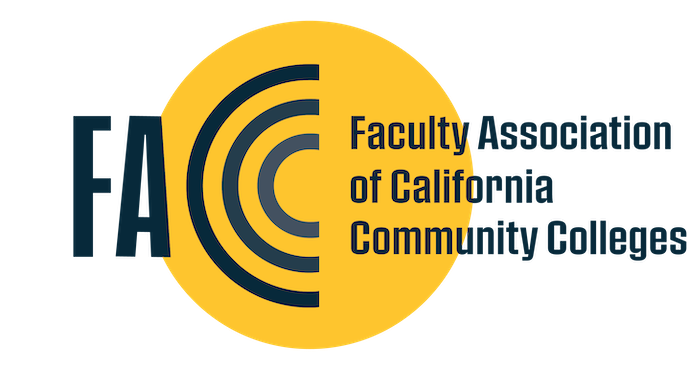This past spring, California community college faculty convened at Contra Costa College to discuss the “Pedagogy of Social Justice.” The conference featured workshops for advancing social justice in California community college instruction. Diablo Valley College (DVC) professors of sociology and political science spearheaded one such workshop, urging faculty to consider “transformative possibilities” for themselves and their students. Sociologist Sanga Niyogi and political scientist Albert Ponce explained that “the goal of Social Justice pedagogy is to develop consciousness of injustices while empowering students with the tools to work towards justice.”
The conferences came on the heels of a concerted effort to integrate social justice into the educational aims of Contra Costa community colleges. For example, DVC approved a three-tier curriculum for a social justice program in conjunction with Rainbow Youth wherein community leaders attend as guest speakers and students report on observations of campus learning communities as well as perform fifteen to twenty hours of service for a community agency. During the 2019-20 academic year, DVC will also offer “Introduction to Social Justice,” engaging with a spectrum of “intersections” between gender and sexuality, racial injustice, art, music, history, and equity. For Janice Townsend, who helped craft the Los Medanos College social justice proposal, “Social Justice is about making the world a better place, it’s about empowerment, not just about the history of yourself. It connects you to others, affinity of the things we all differ, and share in common, as humans.”
These programs and majors often attempt to introduce social justice as a dialogical concept, connected to procedural justice and distributive justice. Sociologist Joe Feagin, whose publications appear in DVC courses, argues that the concept does not solely promote socio-cultural “diversity” against “social oppression.” In his estimation, “social justice entails a redistribution of resources from those who have unjustly gained them to those who justly deserve them.” Feagin endorses “liberal” representative democracy but avers that “those at the top create and maintain over time a socio-legal framework and political structure that strongly support their group interests. It seems clear that only a decisive redistribution of resources and decision-making power can ensure social justice.”
Many teachers and activists explore epistemologies of social justice. Feagin, for one, admits that the history of sociological ideas “has been dialectical, with supporters of the detached-science perspective often being central, yet regularly challenged by those advocating a sociology committed to both excellent sociological research and social justice.” Paul Kivel, a vociferous critic of what he controversially dubs “Christian hegemony,” initially began as a Jewish opponent of domestic violence and proponent of social justice. His early publications, still assigned in Contra Costa Community College District social justice courses, demanded that faculty and staff measure “the amount we can personally risk financially” against the potential benefits of a “commitment to social justice. These are strategic decisions that I don’t think one can make in isolation from the inside of the organization(s) we work for.” He maintained that “accountability” to social justice activism should become a “dialectical process because there are people of color, feminists, working-class activists who say conflicting things about what we should be doing and even about what the issues are.”
Race, ethnicity, gender, and sexuality constitute the perennial categories that both confound and facilitate social justice pedagogy. Robin DiAngelo, in an essay assigned to DVC social justice students, examines “white” instruction of social justice. DiAngelo observes that “whites are more likely to be penalized (primarily by other whites) for bringing race up in a social justice context than for ignoring it.” This specter of ostracism and penalization often occupies a liminal space between justice and justification, frequently allowing “whites to devote much more psychological energy to other issues, and prevents us from developing the stamina to sustain attention on an issue as charged and uncomfortable as race.”
Kimberlé Williams Crenshaw, a founder of the African-American Policy Forum and advocate for intersectionality, holds that “the embrace of identity politics…has been in tension with dominant conceptions of social justice. Race, gender, and other identity categories are most often treated in mainstream liberal discourse as vestiges of bias or domination… According to this understanding, our liberatory objective should be to empty such categories of any social significance.” On the contrary, she expounds on the notion that “social power in delineating difference need not be the power of domination; it can instead be the source of political empowerment and social reconstruction. The problem with identity politics is [that it] frequently conflates or ignores intra-group differences.”
As students, too, learn more about the history of social justice pedagogy and the dizzying array of approaches that accompany it, the classroom can become a crucial site for shared ideas and activism. Collaboration and critical discussion among faculty and staff, such as the aforementioned “Pedagogy of Social Justice” conference and upcoming “Social Justice and the Role of Community Colleges Conference” can also make significant headway in leveraging teaching strategies and student empowerment into community, cross-disciplinary, district, and state educational avenues for social justice.
FACCC blog posts are written independently by FACCC members and encompass their experiences and recommendations.
FACCC neither condemns nor endorses the recommendations herein.
